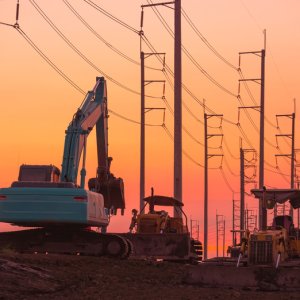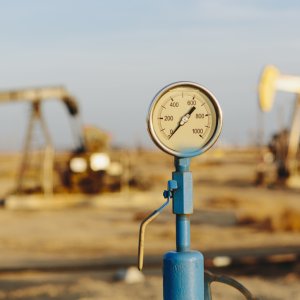Research to Optimize the Role of Nuclear Power

STORY INLINE POST
Nuclear power has been part of Mexico’s energy mix for more than 20 years, contributing around 5% of the country’s total electricity generation. However, communicating the benefits of using nuclear energy at Laguna Verde has been a real challenge. One of the most important actors overseeing the Mexican nuclear sector is the National Institute of Nuclear Investigation (ININ) that has been seeking to find peaceful uses for nuclear fission since 1956. Today, the institute owns an investigation reactor, a gamma irradiation plant, a fuel production plant and a particle accelerator. The main role of ININ in the energy field is to support CFE by constantly assessing technology and allowing Laguna Verde’s license of operation to be extended along with CNSNS, nuclear energy’s regulatory body in Mexico. “To prevent nuclear equipment from malfunctioning, we perform batteries of tests to cover every eventuality that could result in the reliability or safety of nuclear equipment being affected,” says Lydia Paredes, Director General of ININ.
ININ stays vigilant to new technologies and innovations but does not decide which equipment is acquired. However, CFE uses ININ’s studies to make informed decisions. ININ was an active participant in the development of Laguna Verde, in terms of nuclear engineering and training personnel in electronics and radiation measurements. The institute also designs emergency plans for the operation of the power plants and waste management strategies for the plant, where electricity is generated using uranium-235 as a fuel. ININ’s investigation reactor needs 5kg of fuel while the Laguna Verde reactors need 80 tonnes. “The principle is the same, but the scale varies. In our reactor, we are performing fission to generate radiation and the pool is open because we are interested in the applications of that radiation,” Paredes says. “In Laguna Verde, the pool is closed so that water can evaporate to generate electricity from heat and steam.” The reactors at the plant originally had a capacity of 650MW, which was increased to 850MW in 2011. ININ’s reactor pales in comparison with a capacity of 1MW, but this is sufficient for the body’s investigative purposes.
The amount of energy produced through the fission of uranium-235 surpasses other types of fuels. “When an atom is broken, 200 million electronvolts are generated, while a tonne of coal generates 500 electronvolts when burned,” mentions Paredes. Through its research, ININ works on reactor design to advise Laguna Verde about the most adequate technology to be used throughout the reactors’ 60-year lifespan. “New reactors are easier to operate and are less vulnerable to earthquakes or high temperatures due to higher security controls,” Paredes comments. “If a process is not done correctly, the system controls itself without human intervention.” In addition, new reactors have a higher availability rate since they are operating more days per year and require minimum maintenance. Security measures have become more robust and radioactive wastes are reduced significantly. The new reactors also use heat generated as a byproduct that could be used for different activities that need thermal energy.
Third and fourth generation reactors are being developed to avoid catastrophes, such as Fukushima, occurring in the future. The financial risk associated with investment in nuclear power plants is comparable to other types of energy projects and the third and fourth generation nuclear reactors could use other fuels such as plutonium-239, thorium-232 and uranium-233. “Considering existing resources, coal will last 155 years and natural gas availability is guaranteed for at least 65 years. However, by using the various types of nuclear fuel, we have enough resources to meet the world’s increasing energy needs for 3000 years,” comments Paredes. “It is important to consider the long-term effects of energy consumption on the planet and to think about the possible alternatives that are available to guarantee the survival and development of humanity based on energy availability. By the year 2050, it is expected that power plants could have inexhaustible, clean and waste-free fuel if nuclear fusion is controlled since hydrogen is the most abundant gas on Earth. Nuclear electricity generation has become a mature technology with very competitive costs. If its waste is handled correctly, nuclear energy is clean and sustainable as it does not emit greenhouse gases. We do not have the intention to make nuclear energy the dominant energy source, but we want to ensure that the energy mix includes different energy sources in the right proportions,” concludes Paredes.
It is not desirable for every country to have access to uranium enrichment technology to avoid the proliferation of nuclear weapons. “We want to create a group of countries through the IAEA to have plants to process fuels that are then distributed throughout the world. It will become a closed cycle and users will obtain fuels that are ready to be used, avoiding the proliferation of nuclear weapons,” adds Paredes, certain that this would improve the public perception of nuclear power generation.






















